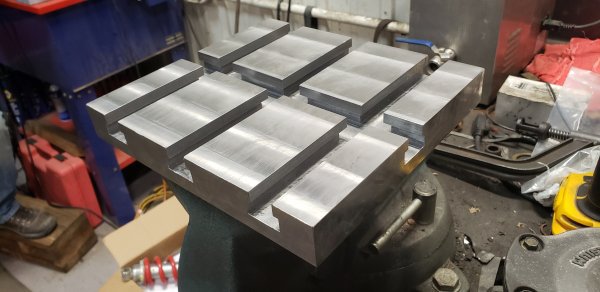The nuts produced commercially are probably made to less then the largest published dimensions so that they fit in all machine tables.
In the past I have purchased some that would not fit easily into the slots of a Bridgeport knee mill, a quick toss in the scrap bin solved that problem.
T-Slot nuts do not cost very much, they may be purchased from Walmart
https://www.walmart.com/ip/Grizzly-...MIntrimOHI3wIVD1uGCh3FCwLUEAQYBCABEgK9YvD_BwE
In the past I have purchased some that would not fit easily into the slots of a Bridgeport knee mill, a quick toss in the scrap bin solved that problem.
T-Slot nuts do not cost very much, they may be purchased from Walmart
https://www.walmart.com/ip/Grizzly-...MIntrimOHI3wIVD1uGCh3FCwLUEAQYBCABEgK9YvD_BwE


